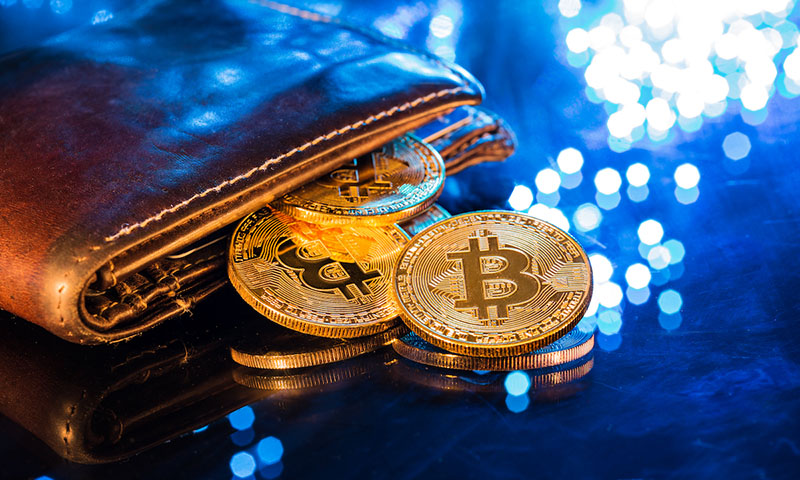Tokenomics is a term that refers to understanding the supply and demand characteristics of cryptocurrencies. This term makes it easy to understand how valuable a crypto asset might be in the future.
What Does Tokenomics Mean?
Tokenomics is a guide to understanding how valuable an asset could be in the future. For example, many newbies to cryptocurrencies think something like, “If this money is as valuable as Bitcoin, then someday…” In reality, this may never be possible. Let’s consider Bitcoin Cash and Tron as an example. Bitcoin Cash has the same total supply as Bitcoin, so it might be a bit counterintuitive to think that over time one could become as valuable as the other. However, with over 100 billion Tron available, for a coin to be worth thousands of dollars, Tron would have to become the most valuable business in world history.

Why is Tokenomics Important in Crypto?
“Only supply and demand determine market prices in the short run,” explains value investing legend Seth Klarman in the famous investment book Margin of Safety. If we believe this to be true and applies to crypto assets using blockchain technology as well as the stock market, understanding the factors that will affect supply or demand is vital for speculators and investors alike.
In this case, there are a number of factors to consider when looking at crypto assets. Perhaps the most important is understanding how to use digital currency. Is there a clear link between the use of the platform or service being built and the asset? A growing service, if any, is likely to require purchase and use, which eventually helps drive up the price. If not, what can the coin be used for?
Other important questions to answer are:
- How many tokens are there currently?
- How many will exist in the future and when will they be created?
- Who owns the coins? Are there any left to be presented to developers in the future?
- Is there any information that a large number of coins have been lost, burned, deleted or somehow rendered unusable?
Token Economy Distribution
In traditional economics, economists track the issuance of a currency using official money supply data. The numbers they report are often referred to as M1, M2, and – depending on the country – M3 or M4. The in-depth explanation of the four M categories goes beyond this tokenomic analysis: M1 is a measure of the most liquid coins, M2 is the less liquid, and so on. These figures help ensure transparency and monitoring of different aspects of a currency’s supply.
These numbers are important because throughout history, kings, queens, and governments have had the habit of creating additional money in their countries. It turns out that running a country or fighting a war can be very expensive, and it’s not always easy to increase revenues or balance a budget, which often means it’s politically expedient to create more currency.
In the modern world, things like bank bailouts and pandemic responses have required governments around the world to create significant amounts of new currency very quickly.
As governments oversee this process, creating additional currency can cause a slow and sometimes rapid decline in the value of existing currency. This decline is called “inflation,” and it appears when the prices of the things we buy the most increase each year.